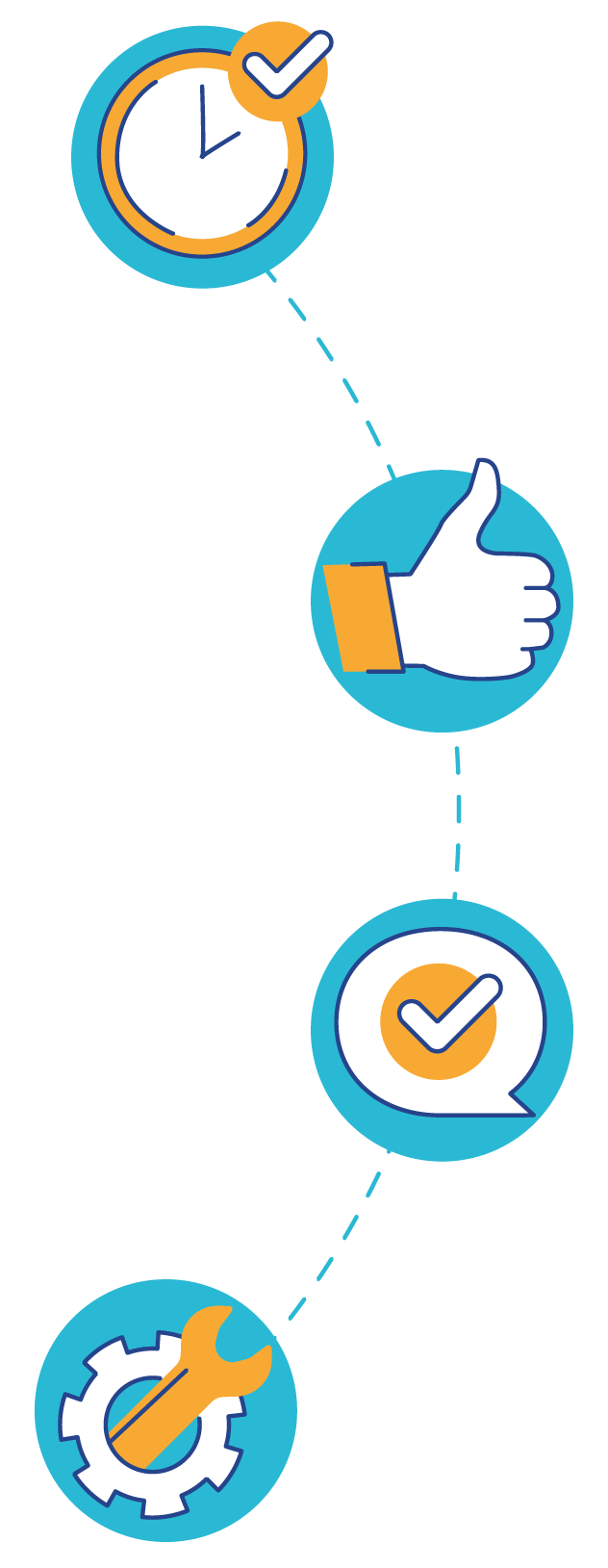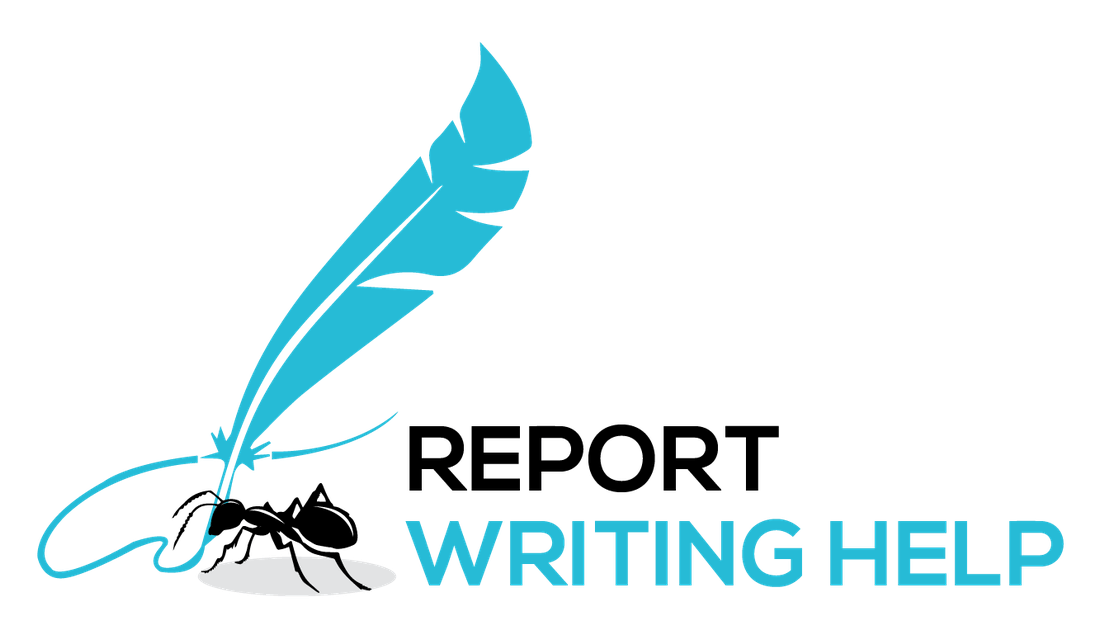
Experts Periodic Reports Writing Services for All Industries!
Are your reports more "periodic panic" than "professional progress"? Juggling data, deadlines, and industry jargon can make even the most organised person break into a sweat. But not on #1 periodic report writing help watch! Trust us to create masterpieces as clear as a mountain stream and engaging as a Netflix documentary to set you up for success.
Transform Your Reports with Professional Writing Assistance:
Conquer your courses and boost your grades with Report Writing Help! We’re not just another service provider – we’re your academic allies, ready to unleash our research skills and writing magic to help you ace your assignments. Let’s seize that A now!


Constant Care: Need assistance at any hour? Our 24/7 support team is always a message away, ready to answer your questions and assist you through any challenge.
Secure Services: Your privacy is locked down tighter than a bank vault. Our rock-solid NDA policy and advanced SSL encryption are like an enchanted shield, protecting your information and keeping your academic journey confidential.
Cost-effective Help: Get premium quality without the premium price. Our affordable rates are designed with students in mind, meaning you get top-quality assistance without feeling the financial pinch.
Edit Excellence: Perfection is our promise. That's why we offer unlimited free revisions to ensure your paper is flawless – every sentence sharp and every argument on point.
15+ Years of Academic Excellence!
Have a look at our badges of honour that echoes our prowess!
750+
Assignment Experts
9000+
Successful Projects
99.9%
Customer Satisfaction

Struggling with your Assignments? Work Smart, Not Hard! Achieve A+ Reports with Our Skilled Writing Team!
Experience Firsthand Why Top Students Rely on Us to Ace in Class
Get Custom Periodic Reports for Academic and Business Excellence!
Numbers dancing in your head and sentences refusing to form, leading you to resort to periodic reports examples online? But standardised reports can sometimes fail to impress both professors & supervisors alike. That’s where we come in. We’ll help you craft a flawlessly formatted report that showcases your research skills or strategic thinking – all without the all-nighters! Start picturing A's on your transcript as we ensure your copy shines brighter than a gold star!
Struggling with Data Collection and Analysis?
Feeling overwhelmed by the sheer amount of data required for your periodic reports? You’re not alone! Students struggle to gather relevant data and analyse it accurately with the information available on the web. This process can be time-consuming and confusing, especially if you’re unfamiliar with the proper methodologies. But fear not! The good news is; our expert writers are here to help!
With extensive experience in data collection and analysis, our team ensure your reports are based on accurate, relevant data and presented clearly and concisely. They understand the importance of presenting information engagingly. Hence, they’ll transform raw data into compelling narratives that captivate your readers and demonstrate your academic brilliance. So, why wait at all? By choosing our service, you can focus on other important tasks while we handle the data-heavy lifting, ensuring your reports are top-notch and insightful.
Difficulty in Maintaining Consistent Quality?
Having a hard time maintaining consistent quality across all your reports? It can be daunting, isn’t it? The pressure to produce stellar content regularly can lead to severe stress, burnout and reduced performance. However, don’t panic! ReportWritingHelp has come to your prompt rescue, bringing in skilled writers to ensure your periodic status report and all other reports have a strong start and end.
We pride ourselves on our rigorous quality control processes. Each report undergoes multiple manual rounds of editing and is cross-checked using advanced tools to ensure it meets the highest standards. With a keen eye for detail and a commitment to excellence, our pros ensure each report is polished, professional, and consistent in style and tone. So, what’s there to worry about? You can trust us to deliver reports that reflect your dedication and expertise, helping you stand out in your academic pursuits.
Trouble with Structuring and Formatting?
Do you find it challenging to structure and format your reports correctly? We understand your frustration! Proper structuring and formatting are significant for readability and professionalism. However, it’s easy to make mistakes if you’re not proficient in the specific requirements of the periodic report format. That’s where we step in!
Certified writers are adept at following academic and professional guidelines to warrant your reports are well-organised and formatted to perfection. They know every report comes with its own specifications and stay up-to-date with the latest academic standards and best practices to ensure your work is always in line with what’s expected. So, why struggle alone? By partnering with us, you can submit reports that are visually appealing, easy to navigate, and professionally presented!
Battling Tight Deadlines?
Are tight deadlines turning report writing into a nightmare? We get it! The stress of meeting submissions while sustaining quality can be quite overwhelming. This pressure can lead to sleepless nights, decreased productivity, and a drop in the overall quality of your work. But not when you’ve us backing you up – we thrive under pressure!
Our talented writers excel in the eleventh hour, handling urgent requests with ease and efficiency. We specialise in delivering high-quality reports even on tight schedules, ensuring you meet your deadlines without compromising content. With our quick turnaround times and commitment to excellence, you can trust us to provide top-notch assistance whenever you need it. Why search templates for periodic report and examples online then? By delegating your report to us, you can free up valuable time to focus on studying, attending classes, and engaging in extracurricular activities!
Challenges with Academic Writing Standards?
Academic writing standards got you scratching your head in confusion? Yeah, we’ve all been there. Proper formatting, citation, and adherence to academic conventions are crucial for achieving good grades, yet these elements can be difficult to master. One wrong move and your entire paper will go down the drain. However, don’t you worry! We’ll lift this heavy burden off your shoulders before you can even blink!
Our professional writers are pros in various guidelines andreferencing styles in academic writing, ensuring your report is well-researched and impeccably written. They will handle all the technical details, from proper formatting to precise citation, guaranteeing your periodic report will exceed your expectations. This not only enhances the readability but also demonstrates your commitment to academic excellence. So, why suffer when you’ve us? With our assistance, you can be confident that your work will be polished and free from any technical errors that could potentially lower your grade.
Understanding Complex Terminology?
Are you struggling with the complex terminology often required in periodic reports? Understanding and using the correct terminology is essential for clarity and professionalism. But, let’s be real, it’s not everyone’s strongest suit. That’s why you must rely on us!
Our writers are experts in various fields and familiar with the specific jargon used in different subjects. They’ll ensure your reports are accurate, using the correct terminology to convey your ideas clearly and professionally. By leveraging their expertise, you can be confident that your reports will be well-articulated and impressive in their use of subject-specific language, showcasing your knowledge effectively.
Don’t Wait, Elevate – Place Your Order Today for Success!
Ready to soar to new academic heights? Let us navigate the complexities of your assignments while you focus on what truly matters—learning and growth. Order now to make your papers shine and your efforts pay off!
Get Started Easily:
Place your order in minutes. Visit our website and complete the easy-to-use order form. Or connect on your own terms - live chat with our friendly Chabot, WhatsApp for on-the-go updates, or good old-fashioned email. We're here whenever you need us to get you going.
Free Quote, No Pressure:
Share the specifics of your report assignment with us. Tell us about the subject, your deadline, and any special instructions you have. With this information, we'll analyze your needs and offer you a personalized, no-obligation quote.
Claim Your Success:
Feeling confident? Lock in your order with a secure 50% upfront payment. We'll then match you with an expert specializing in your subject area with whom you’ll be in direct contact throughout the process. Ask questions, share ideas, and work together to craft a masterpiece worthy of an A+.

Meet Our Best Report Writers

Johnathan
Ph. D. in Psychology
With a Ph.D. in psychology and a passion for groundbreaking research, Smith has been helping people and students alike to understand the secrets of the mind for 20+ years.
Explore Our Relevant Report Services Across Various Subjects
Dive into our diverse range of report writing services tailored for every subject under the sun! Whether you're delving into the complexities of business analysis, the technicalities of scientific research, or the specifics of proposal report writing format, we've got everything covered. Our skilled writers are ready to transform your data and insights into compelling, top-notch reports. Let us handle the heavy lifting, so you can focus on what you love most about your studies!


